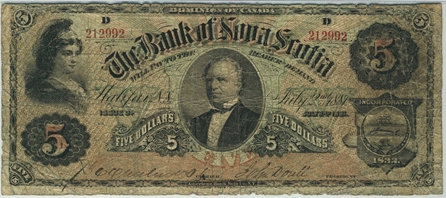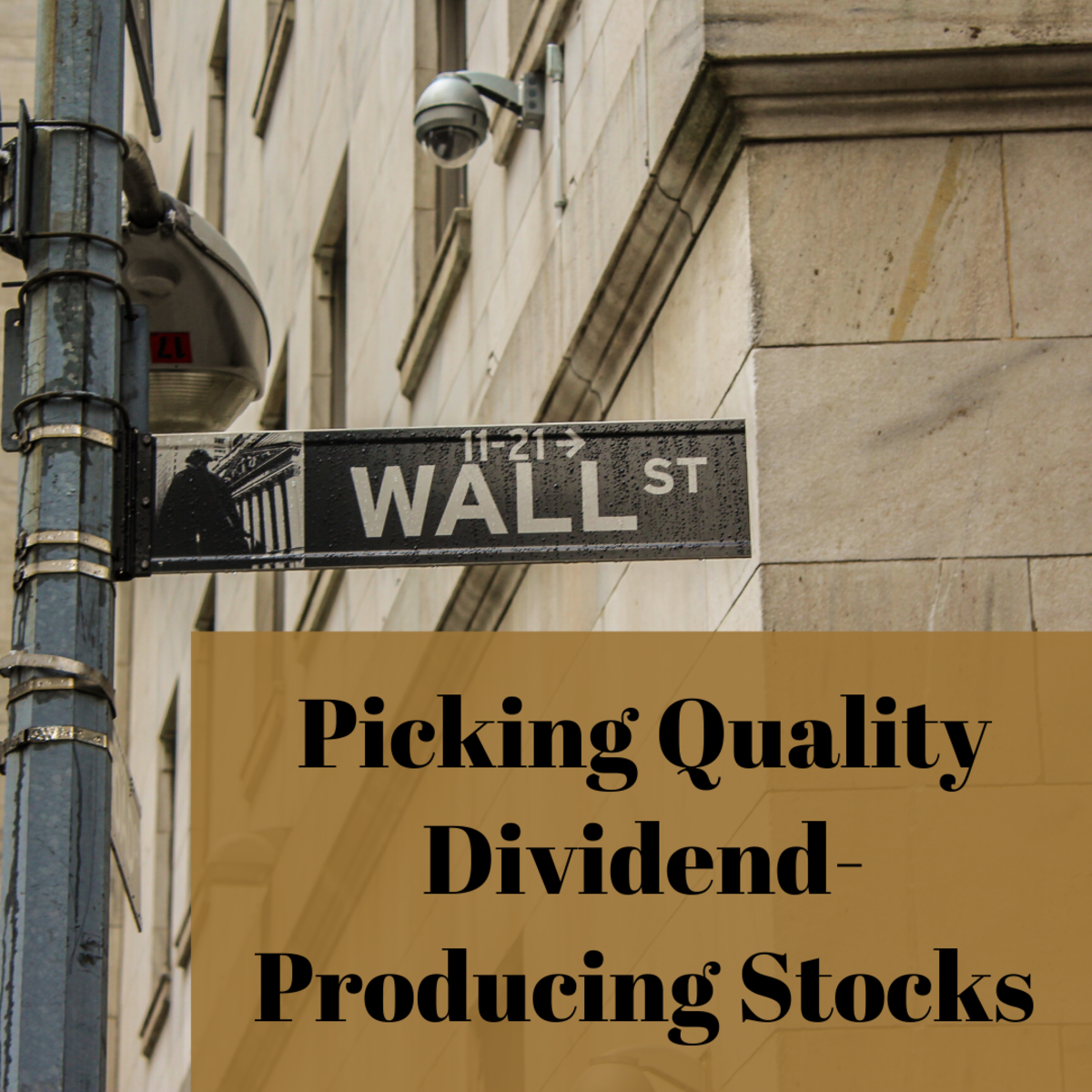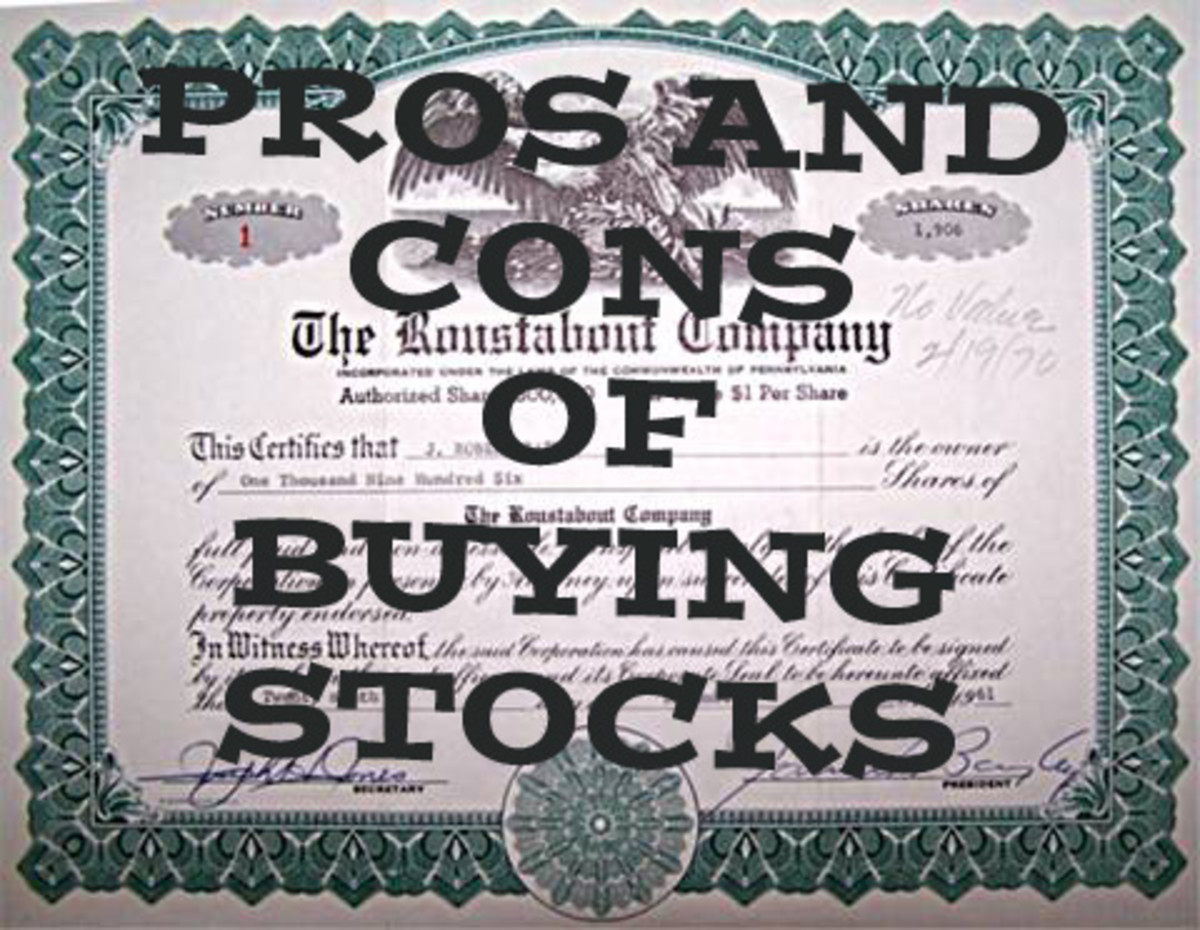Canadian Banks are Great Long Term Investments
Bank of Montreal

Introduction
Investors who are looking for a stable long term investment that pays a great dividend need look no further than the Canadian Banks. As a shareholder you can expect to get regular dividend increases, share buy backs and some modest capital appreciation over time. I've been buying Canadian bank stocks for nearly a decade now and have found them to be an excellent long term investment.
In the interest of full disclosure, I own shares in the Bank of Montreal (BMO), Bank of Nova Scotia (BNS), Canadian Imperial Bank of Commerce (CM) and Toronto Dominion Bank (TD).
Canadian Banking History
The first Canadian bank was the Bank of Montreal which was created in 1817. Soon afterwards came the Bank of Nova Scotia (1832). Initially, Canadian chartered banks were granted permission to issue their own bank notes because Canada lacked a single national currency. This changed when the Bank of Canada was created and took over the function of issuing bank notes in 1935.
Early on, the Canadian banking system developed differently than the US banking system. Whereas the US had hundreds, if not thousands, of small, local banks, Canada only had a handful of very large banks. At the time there were (and still are) trade-offs for adopting this approach. While having a few large banks with strong regulations makes the Canadian banking system much more stable, it also means less competition which, in turn, translates into higher banking costs for consumers. In fact the Canadian banks are often described as an oligopoly because they dominate the market.
Bank of Nova Scotia

Too Big To Fail? Or Too Well Regulated to Fail?
An interesting fact is that during the Great Depression, not one Canadian bank failed. That stands in stark contrast to the thousands of banks that failed in the US. As we saw during the Global Financial crisis, some of the largest financial institutions in the US collapsed and seemingly overnight trillions of dollars vanished from the global financial system. As I just mentioned during the Great Depression, thousands of smaller local banks failed. To my mind, all of this suggests that the size of a bank has little to do with its ultimate success or failure. Small and large banks can go bust. What it does suggest, however, is that regulation is a more important feature. How well regulated the banking system as a whole is contributes much more to the stability of the system rather than the given size of a bank. Canadian banks are subject to minimum capital requirements and are limited as to how much leverage they can use. Strong banking regulations have been the foundation of the conservative culture that’s developed around the Canadian banking system.
Canadian Banks vs US Banks
Investment thesis in Canadian Banks
In my opinion, what makes them such good long term investments is that Canadian banks have a stable business and a wide moat. They are very profitable and have been able to grow their businesses into new areas such as insurance and wealth management. They’ve even been able to find growth opportunities outside of Canada. For instance, the Bank of Nova Scotia is often referred to as Canada’s most international bank because nearly 50% or its revenue comes from outside of Canada (mainly Latin America). TD bank has spent the past decade developing and growing its US retail banking business.
Investment Risks
While there is a strong case to be made for Canadian banks as great long term investments, as with all investing there are also risks. There is growing concern that Canada’s housing market is due for a correction and this could hurt the banks’ bottom line. There’s no question that home prices have risen dramatically over the past 10-15 years and that Canadians have record debt levels. The vast majority of that debt is mortgage debt. To allay some of the concerns about the quality and health of Canadian mortgages, in 2014 the Royal Bank took an unprecedented step and came out and said that most of its customers have 50% or more equity in their homes. Also, most Canadian mortgages are full recourse which means that people can’t just walk away from their homes as happened during the US housing meltdown. The Canadian housing market, like all markets, is cyclical and the banks have weathered other housing corrections before. They made it through the housing bust in Calgary in the 1980s and the correction in the Toronto area in the early 1990s so I think they’ll survive another housing bust should one materialize.
One thing that will impact bank earnings in the near future is that the high levels of household debt mean that there won’t be much loan growth for the banks. Also, bank margins have been squeezed as a result of record low interest rates but this should have less of an impact going forward as interest rates start to rise. But here again, the banks have an advantage because in times of slow earnings growth they can always fall back on raising their fees.
Now that I’ve laid out some short-term investment risks to owning Canadian banks, here are 3 major reasons why Canadian banks make such good investments: dividends, capital appreciation and the safety factor.
Dividends
The Bank of Nova Scotia has increased their dividend in 43 out of the last 45 years. The investor page on Scotiabank’s website states “the bank has paid dividends to common shareholders every year since its foundation in 1832.”
The Bank of Montreal has the distinction of being “the longest-running dividend-paying company in Canada,” according to its website. It has paid them every year since 1829!
All of the Canadian banks try to maintain a payout ratio between 40 and 50 per cent. This means that they pay 40-50% of their earnings to shareholders in the form of dividends and invest the other half back into growing the business. As a group, the Canadian banks have an average dividend yield of around 4%. They all offer shareholders the option of re-investing their dividends to buy additional shares commission-free. Some even offer monthly share purchase plans on a commission-free basis through a transfer agent like Computershare.
From my own experience, I’ve owned Canadian bank stocks since 2008 and have been rewarded with dividend increases 1 or 2 times a year from each bank. I’ve blogged extensively about my growing dividend income and why I love dividend re-investment plans (DRiPs).
Capital Appreciation
As with any other blue chip stock, you can expect to get a modest amount of capital appreciation from the Canadian banks over the long haul. I’d say anywhere from 3-6% seems reasonable.
Royal Bank of Canada

Safety
Canadian banks are the kinds of stocks that let you sleep at night. They are strong, established and regulated businesses that serve a vital role in a modern economy. They’ve been around for a very long time and have weathered all kinds of crises from world wars and a Cold War to financial crises like the Great Depression and the Global Financial Crisis. Through it all they continued to pay their investors dividends and rewarded them with steady dividend increases, share buybacks and capital appreciation. There is no such thing as a sure thing in life but, in my opinion, the next best thing is owning a piece of a Canadian bank. Stock prices fluctuate on a daily basis and can sometimes drop quite dramatically (as we saw in 2008/2009) but I’m confident that because of their strong business model the Canadian banks will always recover.










